This was published 4 years ago
The top 10 destinations for Australia tourists: How our favourite countries are handling COVID-19
By Michael Gebicki
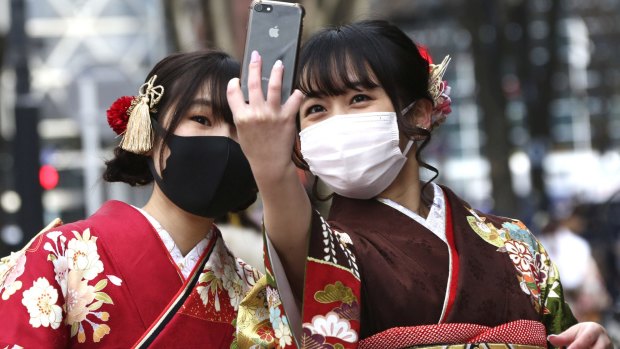
Japan has weathered the pandemic relatively well, like much of Asia.Credit: AP
In February 2020, Traveller took a look at the 10 most popular countries visited by Australians in 2019. Suppose we were to view those countries through the very different lens of 2021. Have they come through the pandemic well enough to make you want to visit? And would they even open the door to Australian travellers at the moment – and if not, when?
There's a pie-in-the-sky element to this since Biosecurity Determination 2020 prevents us from travelling overseas without an exemption from Australian Border Force. That requires a compelling reason, and the need to partake of babi guling at your favourite Balinese warung is unlikely to cut it.
Appearing in order according to the number of Australian residents who visited the country, these were our 10 most popular destinations in 2019. The stars, out of five, reflect each country's performance during the pandemic.
New Zealand
★★★★★
With just 2300 cases and five deaths per million of its population, New Zealand has shown the rest of the world how to handle the coronavirus. That makes it a prime candidate for Australians to visit, were it not for the requirement to spend 14 days in managed isolation or quarantine on entry to New Zealand. Both countries have high hopes that two-way visitor traffic free from quarantine might not be too far away, the prerequisite being an extended period with no community transmission of COVID-19 in Australia.
Indonesia
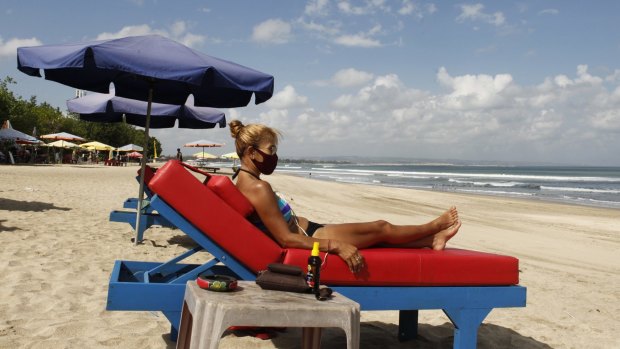
Credit: AP
Indonesia has recorded higher infection rates than most other countries in Southeast Asia, but despite the difficulties of administering healthcare to 270 million people scattered across thousands of islands, it shines in comparison with all the Western European countries. Faced with fresh outbreaks, including the more transmissible strains of the coronavirus, the government has tightened its ban on visitors. Indonesia is planning to vaccinate up to 180 million people within a year with the Chinese-made Sinovac vaccine but it's going to be some time before you'll be toasting the sunset from Batu Bolong Beach at Canggu. Even if Indonesia lifts its restrictions, Australia will probably maintain quarantine requirements for anyone returning from there at least until late 2021.
USA
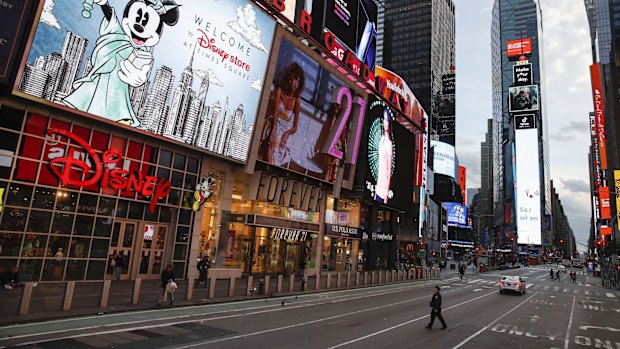
Credit: AP
★
Rapidly heading towards half a million deaths from COVID-19, the US coronavirus performance reads like an instruction manual for how not to handle a pandemic. Under President Biden the country has stepped up its response, mandating mask wearing on all public transport and administering about 1.3 million doses of the coronavirus vaccine daily. Australians are permitted to enter the US but all, including US citizens, must provide proof of a negative result from a COVID-19 test taken in the 72-hour period before departure for the US. While COVID-19 remains a serious health risk, the US has the capacity to bring the pandemic quickly under control, and that bodes well for the return of Australian travellers.
UK
★
Having given the coronavirus free rein for far too long the UK government is now playing catch-up, issuing stay-at-home orders, closing schools and mandating social distancing and mask wearing and rapidly rolling out the vaccine. On January 18 the UK Government announced the closure of existing travel corridors to all foreign visitors. If the UK can bring the pandemic under control and get through summer without significant outbreaks Australians might expect to be allowed to visit without quarantine on return either late in 2021 or early next year.
China
★★★★
The most likely origin of the coronavirus pandemic, China moved quickly and forcefully to stamp it out, and it worked. Faced with a recent upsurge in case numbers and the more transmissible mutation spreading from the UK and South Africa, all who enter China now face 21 days mandatory quarantine on arrival. If those measures are effective China is a prime candidate for reopening to Australian travellers but the ongoing stoush between China and Australia involving trade and human rights issues could make visits problematic. Since caution abounds, quarantine-free visits to China might not happen before 2022.
Thailand
★★★★
Thailand has been an outstanding performer in its suppression of the coronavirus but escalating case numbers at the end of 2020 prompted tough new measures. That includes closing its borders to all foreign nationals with few exceptions. With an economy that depends heavily on tourism, Thailand is aiming to fully reopen by March 2021, hoping to attract 5 million foreign tourists this year. The low case numbers in Thailand make it a contender for a travel bubble with Australia but the earliest that is likely to happen is late 2021.
Japan
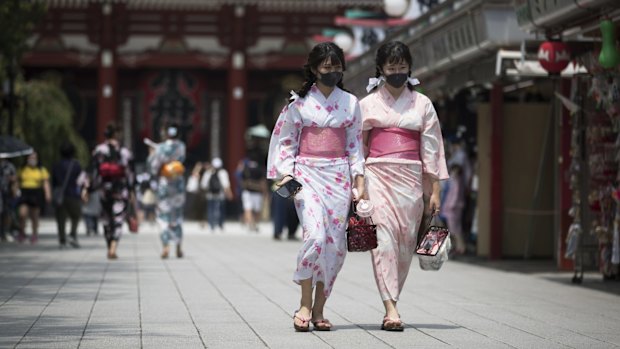
. Credit: AP
★★★★
Along with other East Asian countries, Japan has gone through the pandemic relatively unscathed without resorting to a national lockdown, despite one of the world's oldest populations and a recent spike in cases. Australians can enter Japan but those who do face mandatory quarantine at a designated location. Japan is maintaining its commitment to host the Tokyo Olympics, scheduled to begin on July 23, 2021, but the country has a long list of 152 countries whose residents are currently banned from entry. That includes all the countries that make up North America, Europe and South America, and which would supply more than 95 per cent of all foreign spectators. It's possible that this will be the first Olympic Games to be held without spectators.
India
★★★
Despite a population of 1.37 billion, much of it rural, poor and not well served by health facilities and a prevalence of conditions such as diabetes that put patients into the high risk category for coronavirus, India has suffered far less from the pandemic that some wealthy Western countries including France, Italy, the UK and the US. India's recovery rate from coronavirus patients is an astonishing 97 per cent, leaving epidemiologists and virologists scratching their heads. Flights to India are currently suspended until February 28, 2021. There's little chance Australians will be visiting before the closing months of 2021.
Singapore
★★★★★
The island-state has recorded almost twice the number of cases of Australia, yet the recovery rate of 99.5 per cent underlines the effectiveness of Singapore's health system. Singapore has instituted an Air Travel Pass system that allows Australians to make short term visits. At the moment that excludes those travelling from New South Wales. The ATP comes with conditions, including the requirement to take a COVID-19 polymerase chain reaction (PCR) test on arrival in Singapore, followed by isolation until a negative test result is confirmed.
Fiji
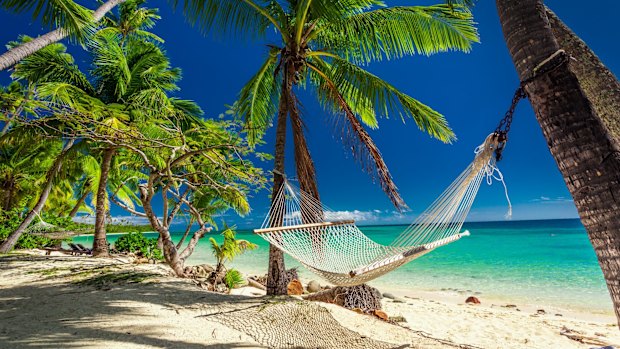
Credit: iStock
★★★★
With just 55 infections and two deaths from COVID-19, Fiji has been lightly touched by the pandemic yet the country is well aware of how vulnerable it is if the coronavirus gets a foothold. Fiji is currently closed to visitors. This is one of a number of countries with strong credentials to be included in a South Pacific travel bubble along with Australia. That would seem to be a realistic prospect for the second half of 2021. Tourism Fiji has recently unveiled a Care Fiji Commitment, a training program for hotels, resorts, tour operators and attractions to prepare them for the safe return of international visitors.
See also: Our zero-risk approach means there's no hope for travel bubbles
See also: The one international destination Australians can still visit
Sign up for the Traveller newsletter
The latest travel news, tips and inspiration delivered to your inbox. Sign up now.